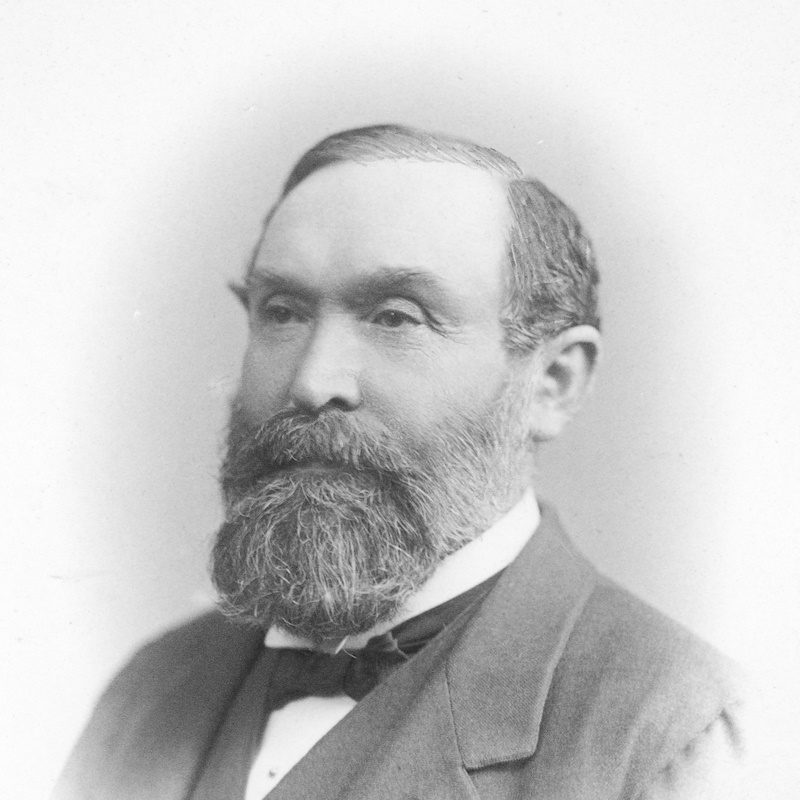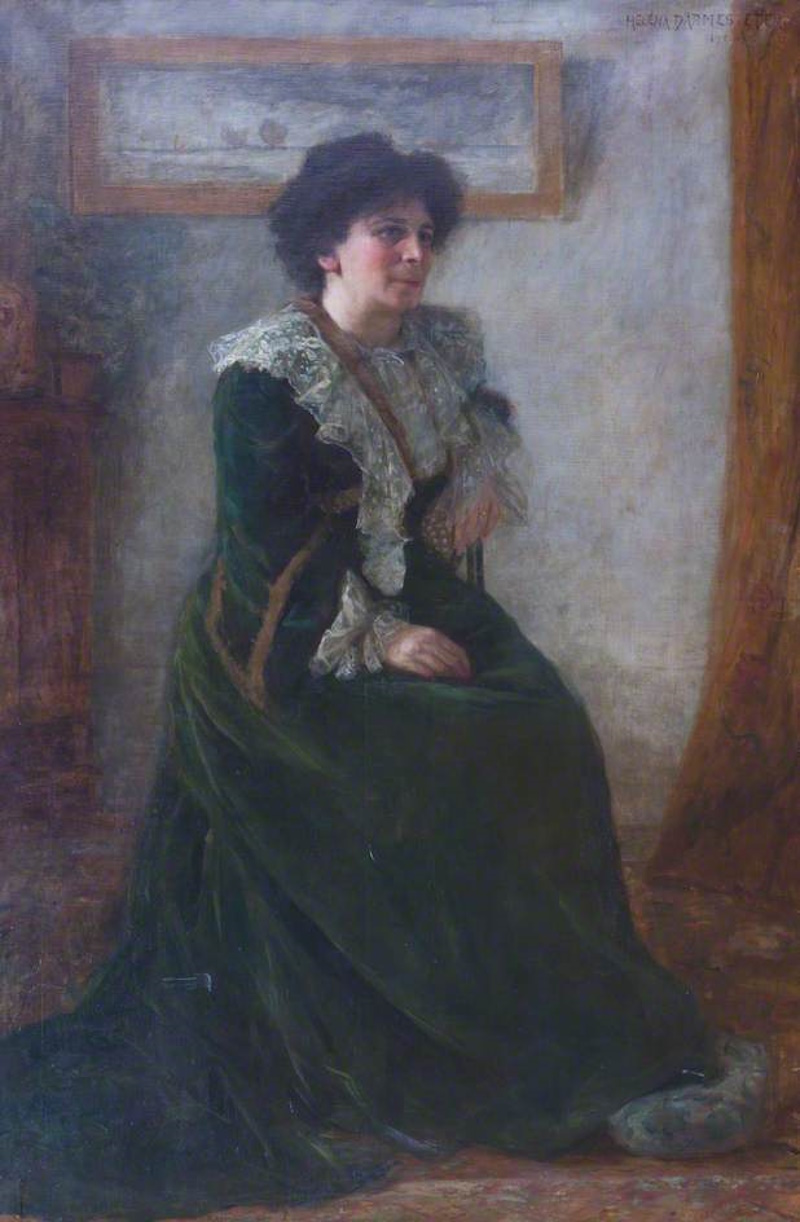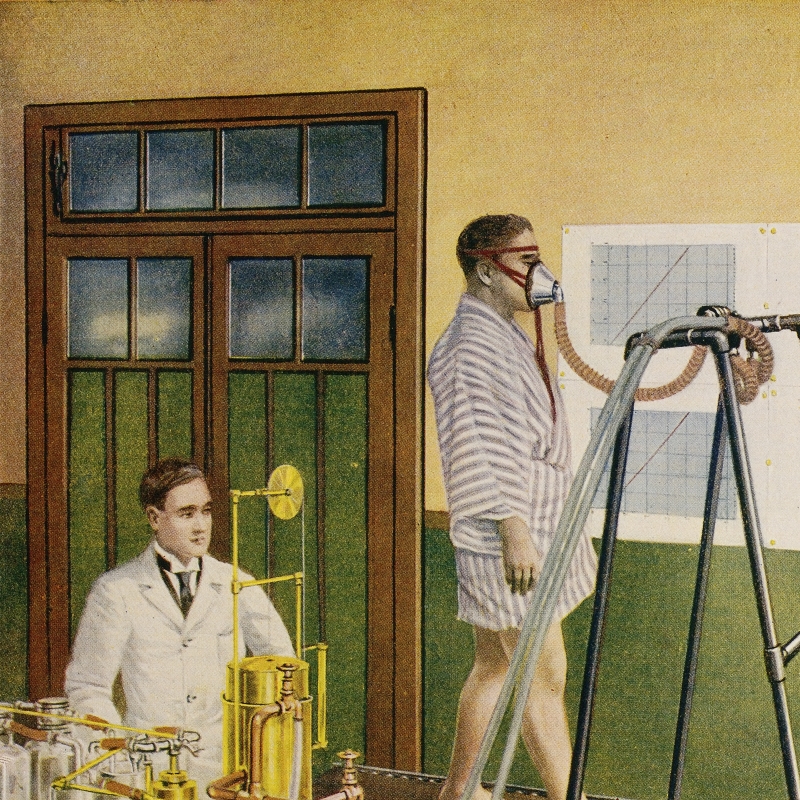Keith Moore looks at examples of how authors have used science to inspire their stories, co-opting real-life scientists into their work.

I’m sure that many of you will have seen the 2023 movie Oppenheimer, with Cillian Murphy’s Oscar-winning portrayal of J Robert Oppenheimer (1904-1967). The titular scientist was one of many physicists and mathematicians featured in the epic, centred on the Manhattan Project, and several, including Oppenheimer, were Fellows of the Royal Society. The character list featured Patrick Blackett, Werner Heisenberg, Niels Bohr, Hans Bethe, and of course Albert Einstein.
 J Robert Oppenheimer. Public domain, via Wikimedia Commons
J Robert Oppenheimer. Public domain, via Wikimedia Commons
Convincing screen portrayals of real-life researchers are pretty rare but there is a healthy literary trade in putting historical scientists into fictional settings. I’m more interested in how authors use science to inspire their stories and sometime co-opt a real-life scientist into their work. This kind of fictional representation of real people or real events, masking identities, is traditionally called the Roman à clef. In other words, once you have the key, you can unlock the author’s hidden intent or disguised characters. Generally, I think that the use of scientists tends towards the superficial: yes, so-and-so may have inspired a character, but that’s about as far as it goes – but judge for yourself.
It should come as no surprise that quite a few ‘mad scientists’ in fiction took their cue from genuine investigators or events. The granddaddy of them all is Frankenstein (1818), Mary Shelley’s hugely influential work. Although the protagonist, Victor Frankenstein, is not a direct portrait of any one individual, the character has been associated with Fellows involved in cutting-edge science and contemporary controversies, such as the then-shocking materialistic writings of the surgeon Sir William Lawrence (1783-1867). Similarly, that other fictional dabbler in anatomical tinkering and the ‘plasticity of the brain’, from the novel The Island of Dr Moreau (1896), by H G Wells, has been linked to the vivisection controversy surrounding the neurologist Sir David Ferrier (1843-1928), following the introduction of the Cruelty to Animals Act 1876. But these are less direct sketches of actual scientists, rather books taking their cue from real-life debates about scientific ethics.
 William Lawrence, by Charles Turner, 1839 (RS.2274)
William Lawrence, by Charles Turner, 1839 (RS.2274)
Arthur Conan Doyle’s larger-than-life Professor Challenger, appearing in The Lost World (1912) and in later stories, was a version of the physiologist William Rutherford (1839-1899), one of Conan Doyle’s teachers at Edinburgh University. His later recollection was that Rutherford had an ‘Assyrian beard, a prodigious voice…[and a] singular manner’. The loud and opinionated Challenger may appear to be a direct borrowing from life to fiction, therefore, but in this example, things may not be quite that straightforward. According to the academic Stewart Richards, Rutherford’s public persona may have been a defence, as a gay man in a hostile society, very far from the fictional representation.
 William Rutherford, by Maull & Fox (IM/Maull/003954)
William Rutherford, by Maull & Fox (IM/Maull/003954)
Eye-catching and idiosyncratic figures do seem to appeal to authors as an easy way of capturing readers’ or audience attention. The mathematician and philologist Alexander John Ellis (1814-1890) is widely supposed to be one of several prototypes – including another pronunciation polisher, Henry Sweet (1845-1912) – for the character of Professor Henry Higgins, the phonetics specialist of Pygmalion (1912), by George Bernard Shaw. It is easy to see why: Ellis worked in the right area of English expression and was sufficiently eccentric (he wore a coat of twenty-eight pockets, stuffed with ‘useful’ accessories, such as tuning forks). But any resemblance stops there, as Ellis was not the egotistical bachelor of the play, but rather happily married, with children, for whom he wrote charming nursery rhymes, which were later published.
There is one significant example of a woman in science being similarly cast. The young Girton College student Sarah Marks (1854-1923) sufficiently impressed George Eliot [Mary Ann Evans (1819-1880)], to become the basis of the character Mirah, in the late novel Daniel Deronda (1876). In a neat reversal, Sarah would pinch her own identity from a poem by Algernon Swinburne, Hertha (1871), becoming, after marriage, Hertha Ayrton, a first-rate engineer and physicist, and the first female scientist to become a candidate for election at the Royal Society.
 Hertha Ayrton by Héléna Arsène Darmesteter. Public domain, via Wikimedia Commons
Hertha Ayrton by Héléna Arsène Darmesteter. Public domain, via Wikimedia Commons
But I started with Robert Oppenheimer, so I’ll end with him. You’ll find a pen-portrait of the theoretician in Ursula Le Guin’s science fiction novel The Dispossessed (1974), as a character called Shevek. In this case, the association seems far more deserved, in that the character is a brilliant and aspiring physicist, with a host of ethical decisions to make. It feels a fuller, more appropriate, and more intelligent portrayal than most.





